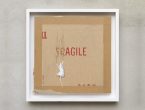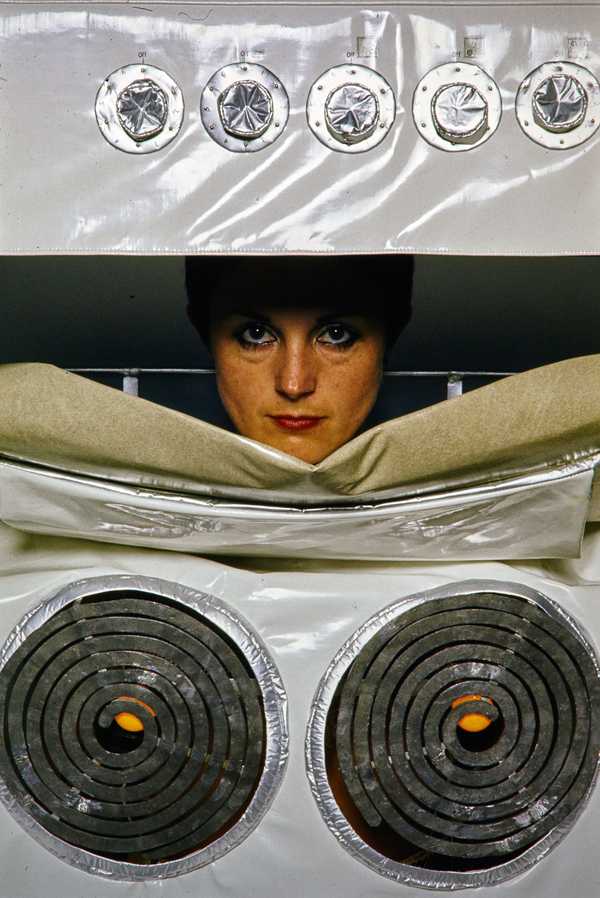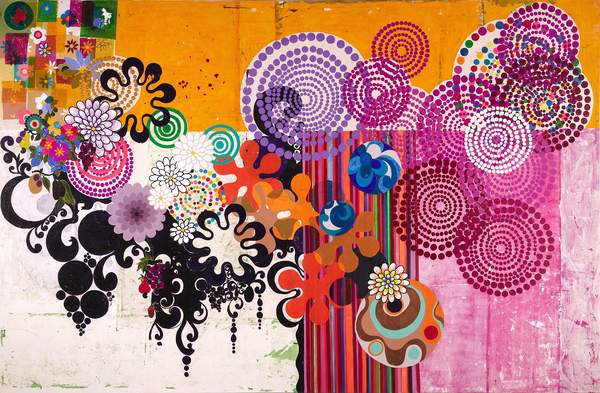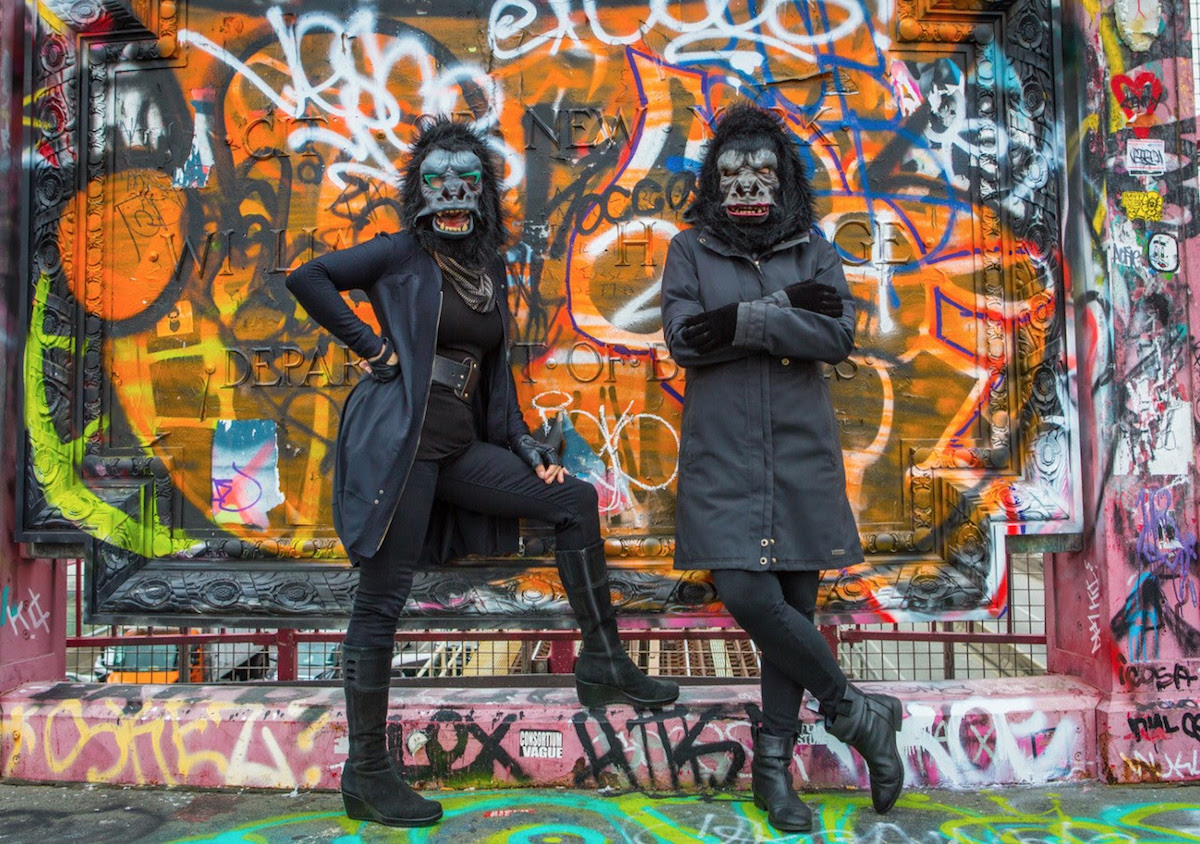A short video about Tate Modern
2005 - Film & Video (Film & Video)
4:48 minutes
Emma Wolukau-Wanambwa
A short video about Tate Modern by Emma Wolukau-Wanambwa depicts just two shots, both featuring the artist. The first scene portrays Wolukau-Wanambwa in a close-up frontal view, dressed in black, standing silently against a worn white wall. Through subtitles, the artist recounts her experience of participating in a workshop on the top floor of the museum. Realizing that she is the only person of color in the group, she recalls feeling unpleasantly exposed. Conversely, Wolukau-Wanambwa considered her encounters with the predominantly Black museum personnel, including attendants, guards, and kitchen staff. The second scene depicts the artwork Wolukau-Wanambwa made during the workshop. Again the artist stands wordlessly in front of a white wall. She could be seen in full in this scene, if it weren’t for the large piece of white cardboard in front of her that makes her disappear into her surroundings. Only her black legs remain visible. A short video about Tate Modern clearly illustrates how the museum, as an institution purported to be accessible to everyone, still reifies society’s uneven distribution of access, while also critically reflecting on the artist’s own position in this paradigm. Although minimal in form, this video can be taken as documentation of the evolution of the place of Black people within artistic institutions. Although institutions such as the Tate Modern may have more recently made strides in inclusivity by hiring Black staff and curators, forming groups of collectors from the global south, and presenting exhibitions addressing diversity, this video also reminds us with a bit of humor that change is slow. Ultimately, A Short Video about Tate Modern underscores the different perspectives and perceptions at stake: the point of view of the artist, the institution, the staff, and the audience.
Emma Wolukau-Wanambwa is an artist, researcher, and convenor of the collective the Africa Cluster of the Another Roadmap School, a project fostering conversations about art and education in Africa. Wolukau-Wanambwa’s artistic practice uses a wide range of media, including installation, video, photography, printmaking and drawing, while involving long term investigations and a research-based approach. Wolukau-Wanambwa’s work examines the fields of post-colonialism, Pan-Africanism, the study of museums, as well as art education. Her projects often circulate in the academic world in the form of talks, workshops, texts, and lecture-performances.
Colors:
Related works sharing similar palette
» see more

© » KADIST
Rometti Costales
2019Canción para un fósil canoro (Song for a chanting fossil) by Rometti Costales is inspired by the history of the building that currently hosts the Museo de la Solidaridad Salvador Allende (MSSA) in Santiago, Chile...

© » LENS CULTURE
49/23 — Considering Technology, AI and Photography - Photographs by Gregory Eddi Jones | Interview by Liz Sales | LensCulture Feature 49/23 — Considering Technology, AI and Photography In his new thought-provoking series “49/23,” Gregory Eddi Jones considers the implications of rapidly advancing technology by intertwining vintage photography and AI-generated images...






